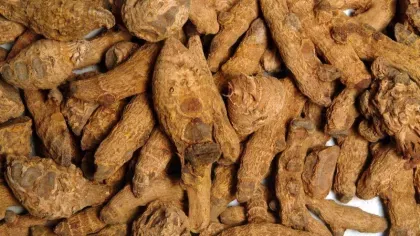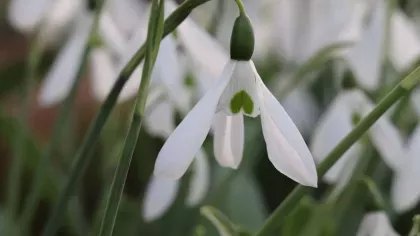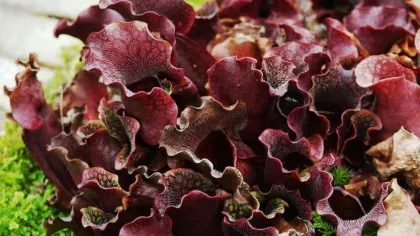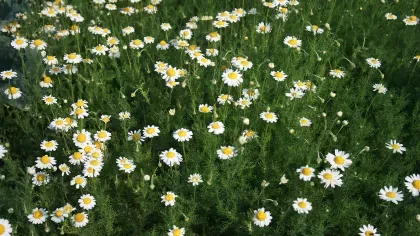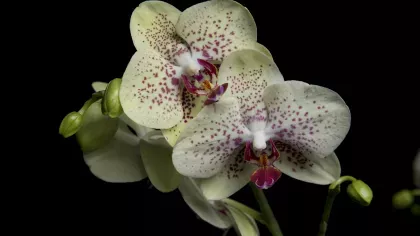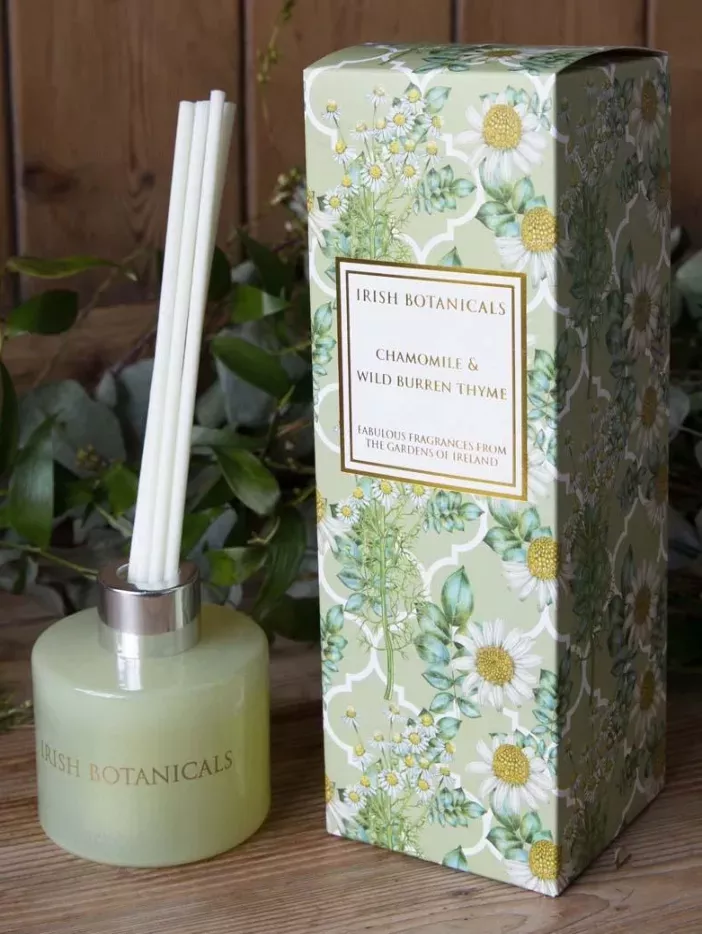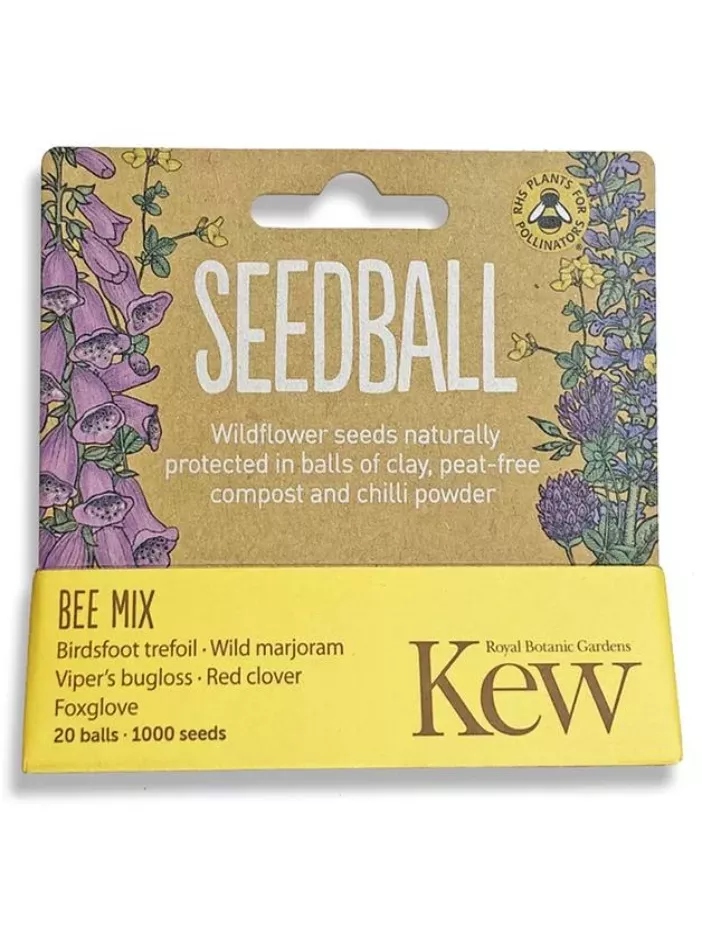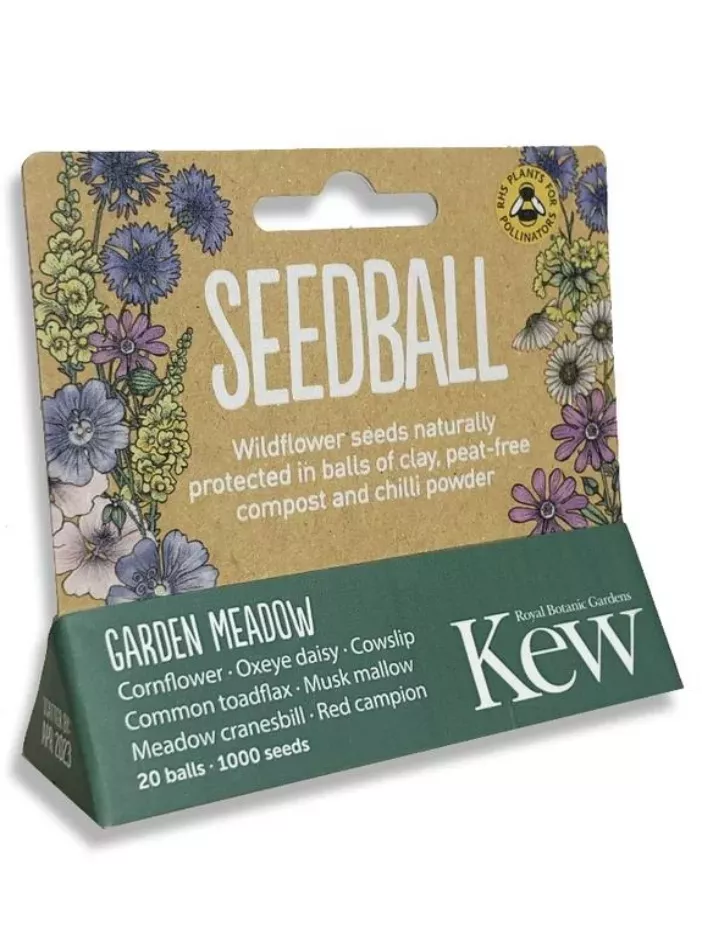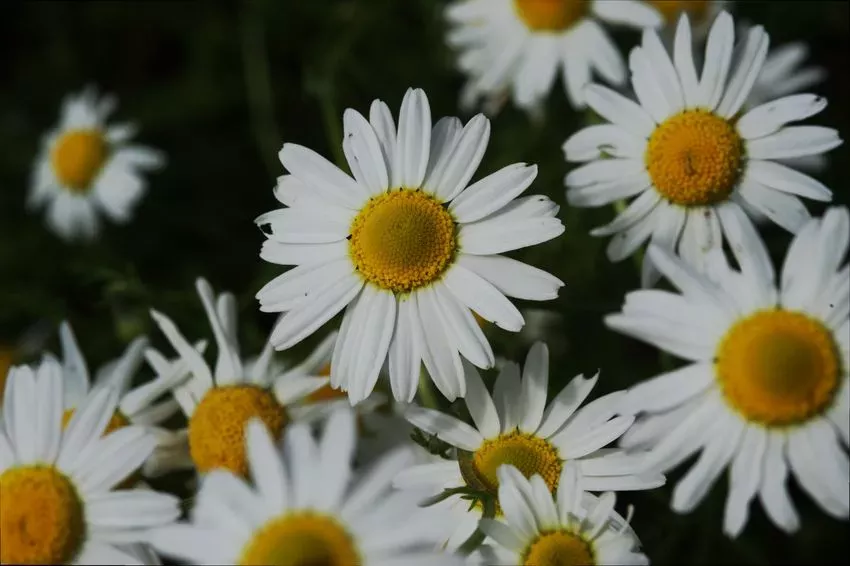
Chamomile
On this page
Chamomile is a charming, ground-hugging herb that releases a beautiful, apple-like scent when crushed.
Commonly found in herbal teas and infusions, chamomile can aid relaxation and sleep. It was also traditionally used as a natural remedy for fevers, headaches, and indigestion.
Plant description
Mat-forming, aromatic herb with finely divided, green leaves and white, daisy-like flowers with a yellow centre.
Read the scientific profile on chamomile
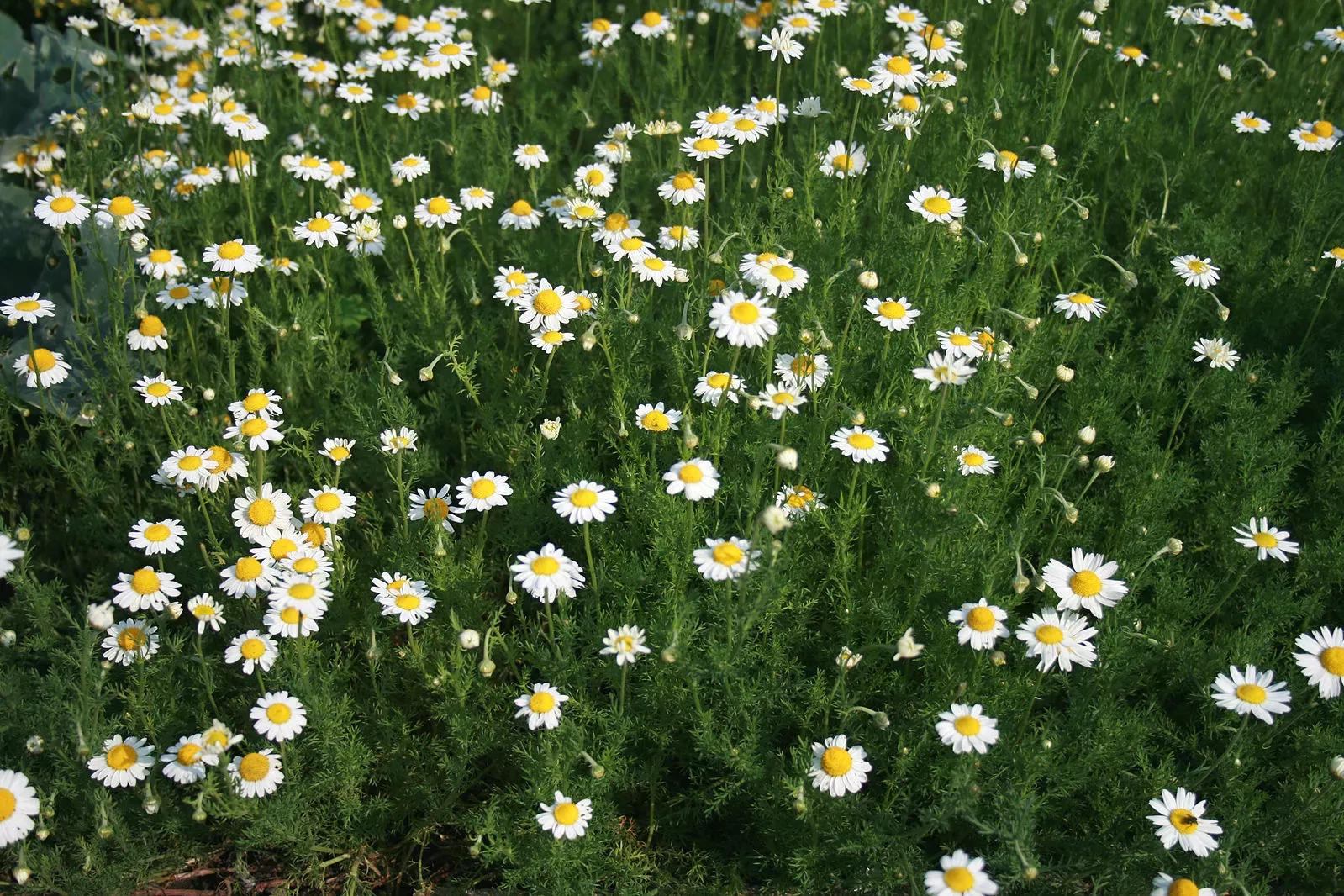
Plant uses
Beauty and cosmetics
Chamomile has a long tradition in hair care as it was used to enhance the colour of blonde hair and to make hair shine.
It is currently used in some skin-balms because of its soothing properties, and in shampoos.
Food and drink
Chamomile is most used as an ingredient of herbal teas and has also been used to aromatise traditional liqueurs.
Health
Chamomile was used as a traditional remedy for toothache, stomach ache, and headaches. It was also used as a relaxant and to calm the stomach.
Today, a chamomile infusion is often taken to reduce stress and aid sleep.
Materials and fuels
The apple-like smell of chamomile, coupled with its cushiony feel, made it a popular plant for lawns and seats in Elizabethan times. Check out the chamomile seat in our Queen’s Garden at Kew.
Did you know?
The word chamomile and the genus name Chamaemelum come from the Greek word for ‘earth-apple’ because of the apple-like scent of the plant.
Where in the world?
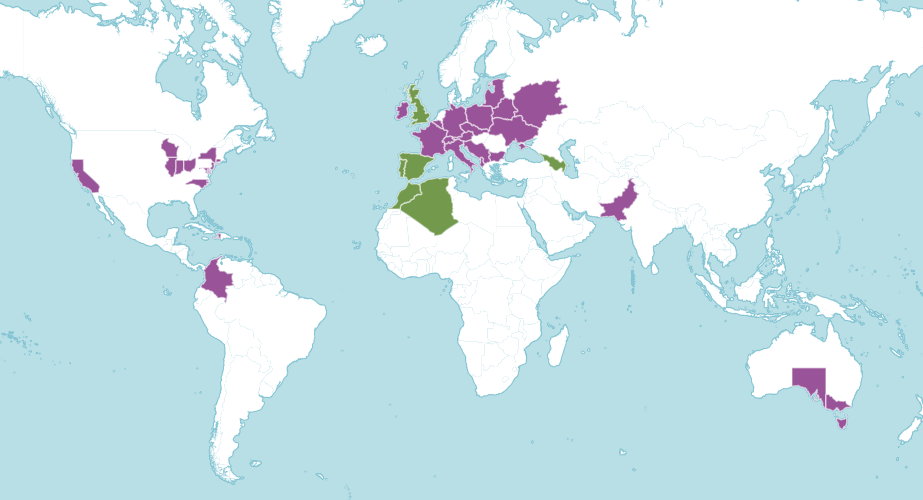
Mown or closely grazed, mildly acidic grassland in open places, such as sandy heaths or coastal cliff tops.
Find it in our gardens
Kew Gardens
A botanic garden in southwest London with the world’s most diverse living plant collection.
Location
Queen’s Garden behind Kew Palace
View map of Kew GardensBest time to see
Our work
Chamomile used to be common throughout southern and central England, but it suffered a dramatic decline largely due to the disappearance of traditional grazing by cattle and ponies and the consequent lack of short grass required for chamomile to grow.
Agricultural practices such as clearance of heaths, drainage of winter-wet grasslands, and loss of pastures to arable fields also posed significant threats to chamomile.
Today, chamomile is confined to a few parts of southern England; it is listed as Vulnerable on the Vascular Plant Red Data List for Great Britain, and is a species “of principal importance for the purpose of conserving biodiversity” under section 41 (England) of the NERC Act 2006.
We are conserving this species in our Millennium Seed Bank. Here, we store four chamomile seed collections, including a collection from one of the last remaining Dorset heath populations. Dorset heathlands saw a 90% decline within a 60-year period from the 1930s.
